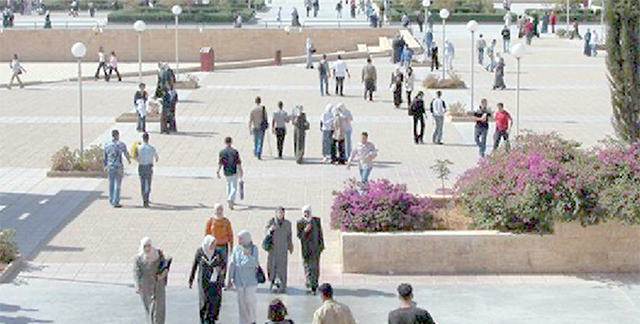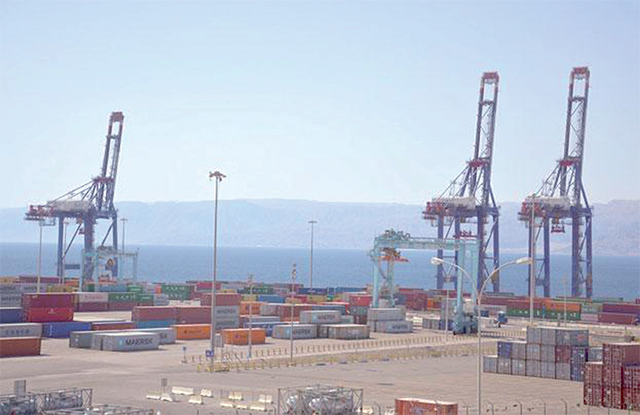You are here
Despite Jordan’s economic resilience, women’s workforce participation below 14% — World Bank
By Rayya Al Muheisen - Dec 20,2023 - Last updated at Dec 20,2023

Representative image (Photo courtesy of unsplash)
AMMAN — Despite the fact that Jordan has demonstrated resilience, navigating through various external shocks with prudence and strategic policy measures, women’s participation in the work force remains under 14 per cent, according to a report by the World Bank.
The recently released report titled “Building success, breaking barriers: Unlocking the economic power of women in Jordan”, which is the latest edition of the Jordan Economic Monitor (JEM); was sent to The Jordan Times sheds light on the country’s economic performance, revealing both achievements and persistent challenges.
Despite the ongoing recovery from the COVID-19 pandemic, Jordan has faced low-growth equilibrium, averaging around 2.2 per cent over the past decade (2012-2022). However, the report indicates positive momentum, with real GDP growth reaching 2.7 per cent in the first half of 2023, surpassing the pre-COVID average of 2.4 per cent (2012-2019).
“This growth is attributed to robust contributions from the services sector, manufacturing, and a rebound in agriculture,” said the report.
A notable highlight is the hotels and restaurants sector, experiencing its highest annual growth since Q2 2022, reflecting the strong resurgence of tourism and travel receipts. Nevertheless, this sector’s contribution to overall growth remains modest given its limited weight in the economy.
Despite these positive developments, the report underscores persistent challenges in the labour market. Labour force participation has gradually declined, reaching 33 per cent in Q2 2023, down from 39.2 per cent in 2017.
“Particularly concerning is the low female labour participation rate at 13.8 per cent in Q2 2023, one of the lowest globally,” the report added. The overall employment rate has also declined to 25.6 per cent in Q2-2023, well below the pre-COVID average, said the report.
Unemployment has inched up to 22.3 per cent in Q2 2023, remaining significantly higher than the pre-COVID average. These challenges highlight the need for targeted interventions to address structural constraints affecting labour market outcomes.
The report also delves into the economic measures implemented by the Central Bank of Jordan (CBJ). A notable achievement is the significant deceleration in annual headline inflation in 2023, reaching 1.4 per cent in October, down from its peak of 5.4 per cent in September 2022. This achievement is attributed to monetary policy tightening and lower commodity prices.
Since March 2022, the CBJ has raised its key policy rate, making Jordan one of the few countries in the region with positive real policy rates, according to the report.
The report anticipates a growth rate of 2.6 per cent in 2023, primarily driven by the services sector. Inflation is expected to remain contained, but social welfare faces threats, including challenges in private sector absorption of the labor force and cuts in humanitarian assistance.
The Special Focus of the report emphasises the critical role of women in Jordan’s development agenda. It highlights the barriers to increased economic participation, including low education attainment, care giving responsibilities, transportation challenges, and prevailing social norms. The report calls for targeted measures to address these barriers and promote gender-inclusive economic growth.
Related Articles
AMMAN — Jordan’s real GDP is expected to grow 2.1 per cent in 2022, and 2.3 in 2023 and 2024, from 2 per cent in 2021, according to th
AMMAN — The Department of Statistics (DoS) reported on Tuesday that the unemployment rate in Jordan for 2023 decreased 0.8 percentage points
AMMAN — The national industry and manufacturing sector, the largest employer of the national workforce, is contributing to positive employme


















